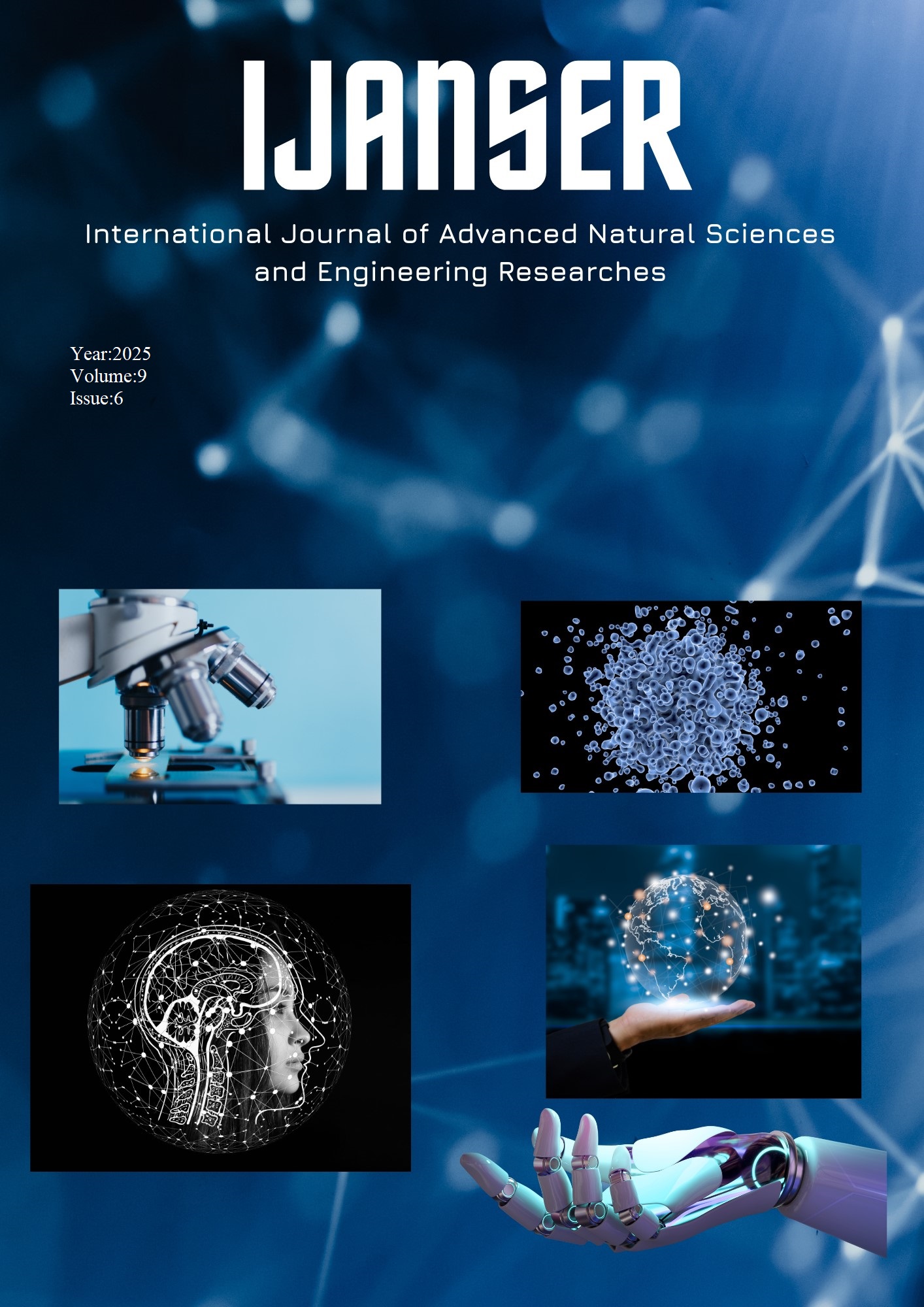Noise Resilient Segmentation of Oil Spills in SAR Imagery
Keywords:
Convolutional neural networks (CNNs), Phased Array L-band Synthetic Aperture Radar (PALSAR), Advanced Land Observing Satellite (ALOS), SAR Oil Spill (SOS), Oil Spill, U-NETAbstract
Oil spills are one of the most detrimental environmental disasters, that often cause a serious threat to aquatic life, coastal habitats, and human livelihoods. Timely detection and accurate segmentation of oil spills are therefore critical for effective response and mitigation. This research particularly aims to detect and segment oil spills from low-quality SAR images using the SAR Oil Spill (SOS) dataset from ALOS and Sentinel-1A satellites covering spill-affected areas in the Gulf of Mexico and the Persian Gulf respectively. SAR images are inherently affected by various types of noise, such as speckle and thermal noise, as well as distortions like RF interference and motion artifacts, which complicate accurate analysis. To address these challenges, a multi-phase methodology was adopted. In the first phase, a baseline U-Net model was implemented on raw SAR imagery. The second phase integrated preprocessing techniques, specifically Fast & Flexible Denoising CNN (FFD-Net) for noise removal and unsharp masking for image sharpening, before U-Net-based segmentation. The third phase introduced an optimized U-Net model with a deeper and more lightweight architecture and improved training strategies, combined with the earlier preprocessing steps. Experimental evaluations demonstrated that the optimized model with preprocessing delivered the highest detection accuracy and lowest false positive rates, indicating its strong potential for integration into real-time, satellite-based oil spill monitoring systems.





